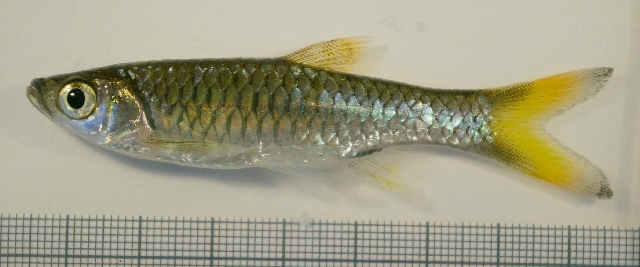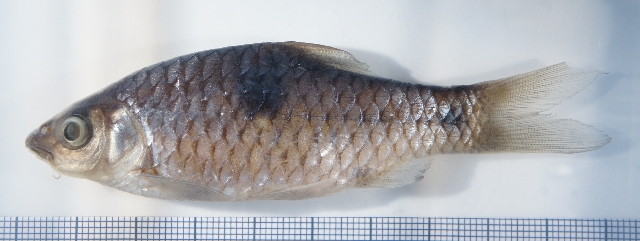Barito drainage, Central Kalimantan
Posted: 13 Oct 2012, 00:40
I was lucky to get to go on a little expedition into unexplored (from a biodiversity pov at the very least) rainforest in Central Kalimantan for work last month. Unfortunately I couldn't stop to fish in the many interesting looking streams and pools I saw along the way during the long road trip from Palangkaraya to Puruk Cahu and beyond, but once in the forest I did manage to sample the stream by our camp.
This is the Barito river at Puruk Cahu. I believe that the stream I fished eventually feeds into this river, but there are no maps.
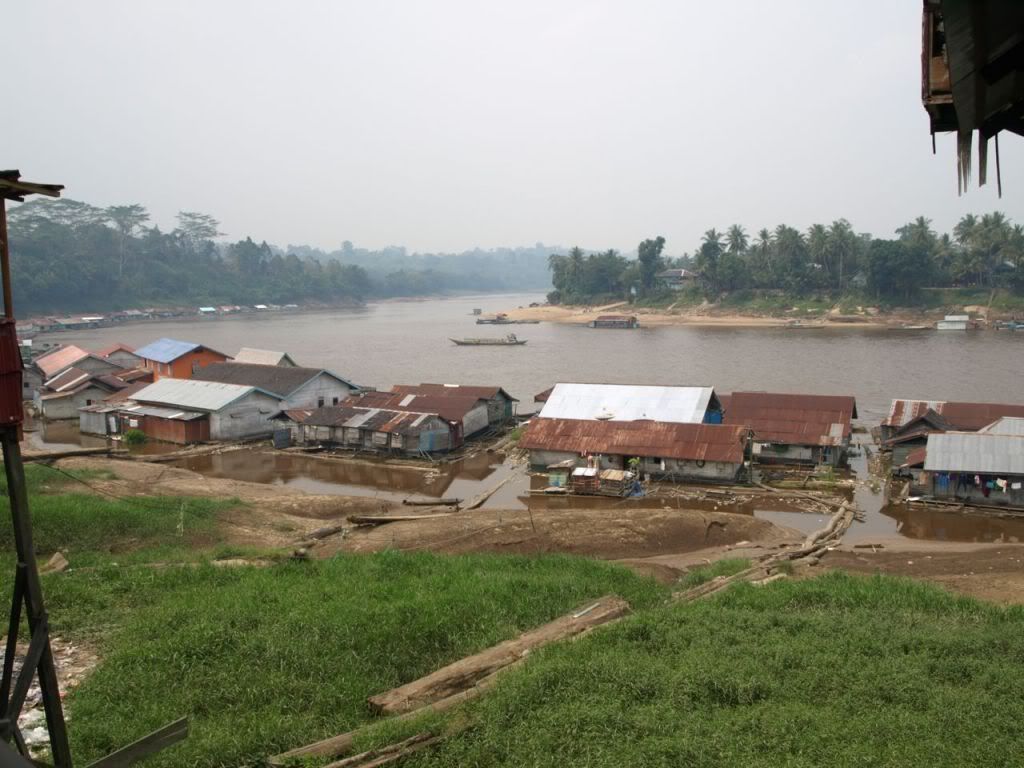
Pangasius in the market in Puruk Cahu. Anyone know the species?
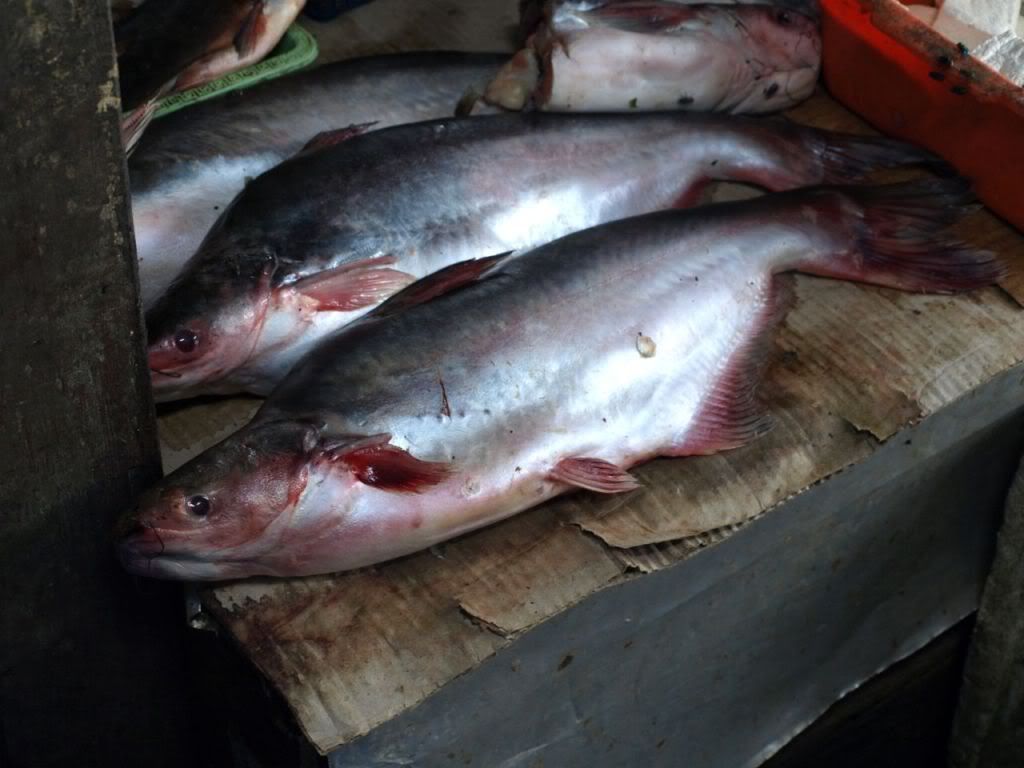
That mountain (Gunung Bondang) in the distance is where we were heading. It was about a 3 hour hike through the forest from the end of the road to where we made camp at the foot of the mountain. We made it to the summit too, but that is a different story.
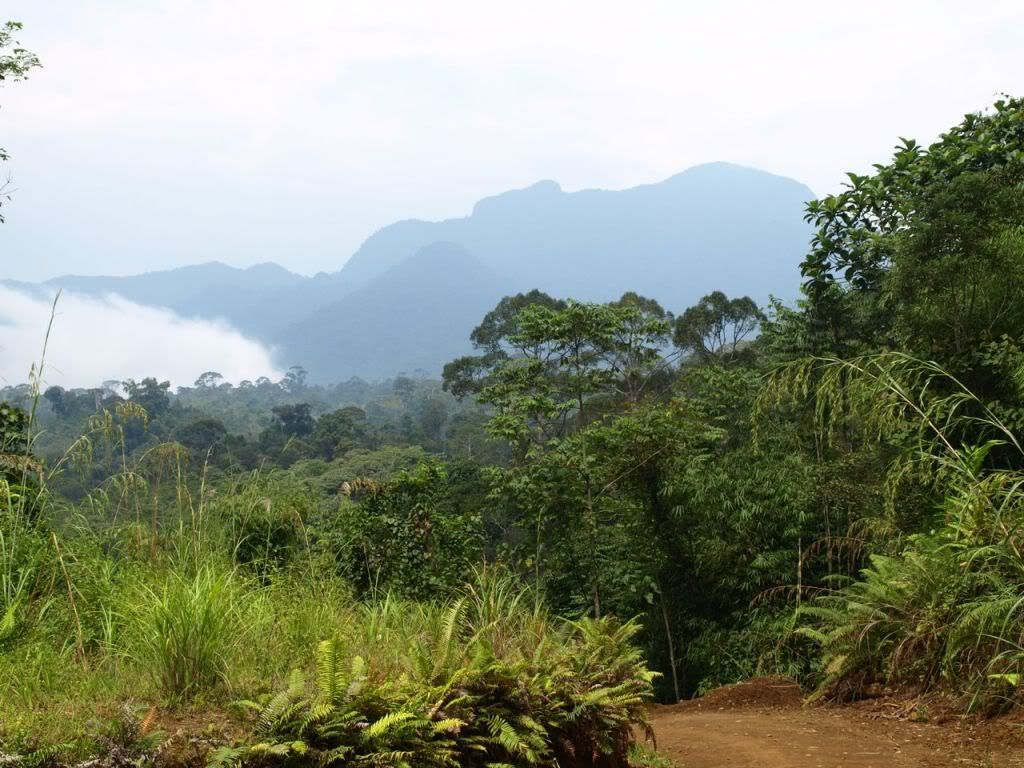
Near a village we came past this pool. I saw fish in there which looked like cichlids to me. One of our local guides confirmed that they were 'nila', aka Tilapia but he said there were also 'lele' in there, which means Clarias catfish.
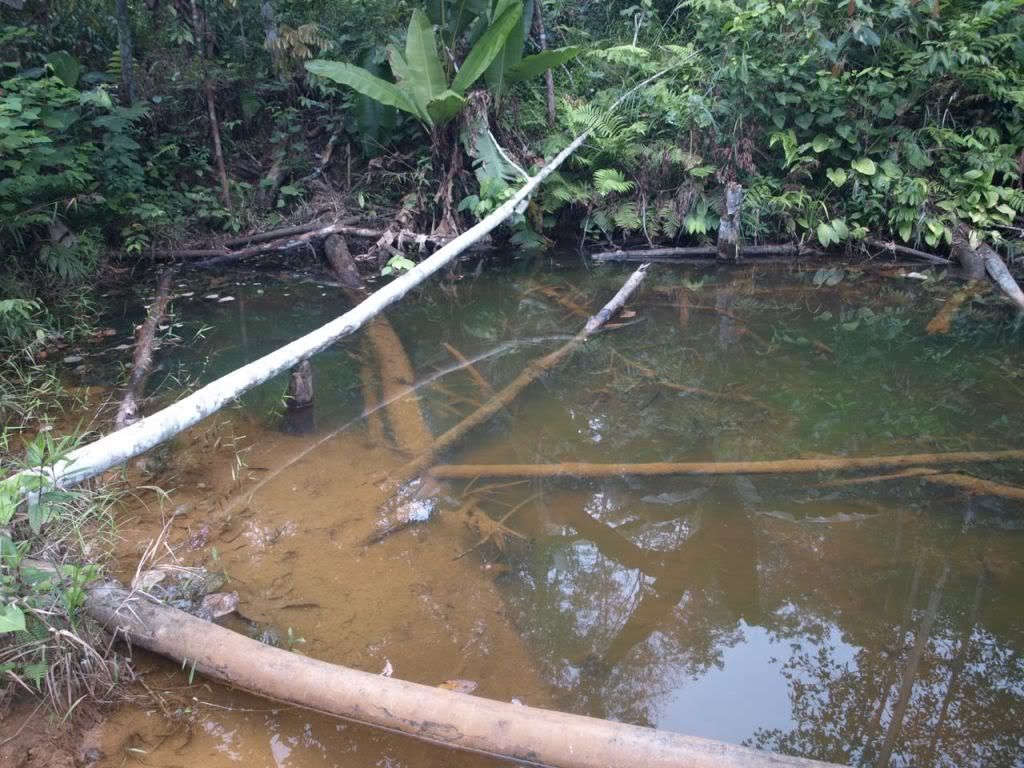
Our camp in the forest, altitude about 500m.
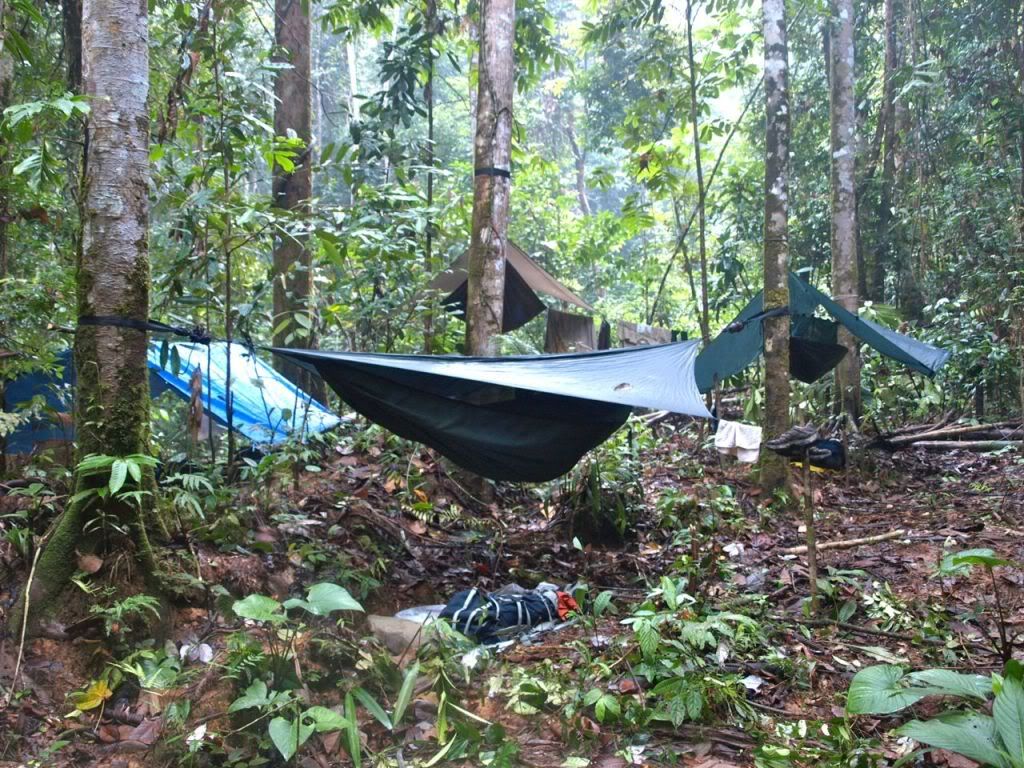
Our camp was right by this rocky stream, locally known as Pongoniso (there is quite a lot of water flowing between those rocks, honest)
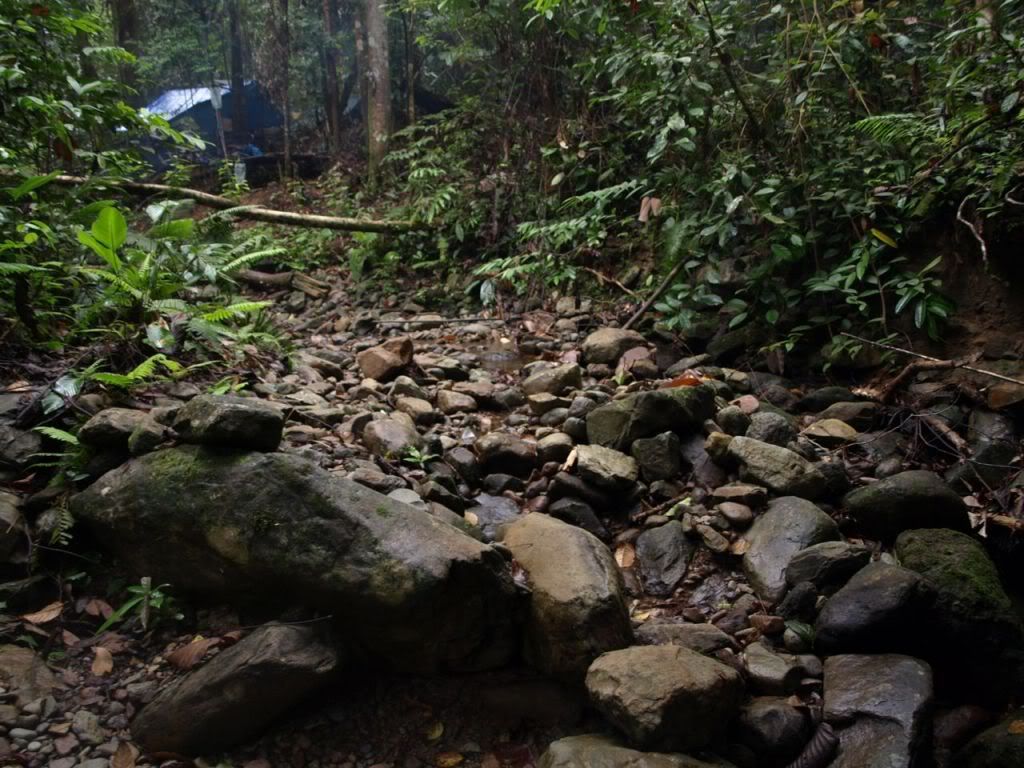
A pool in the stream
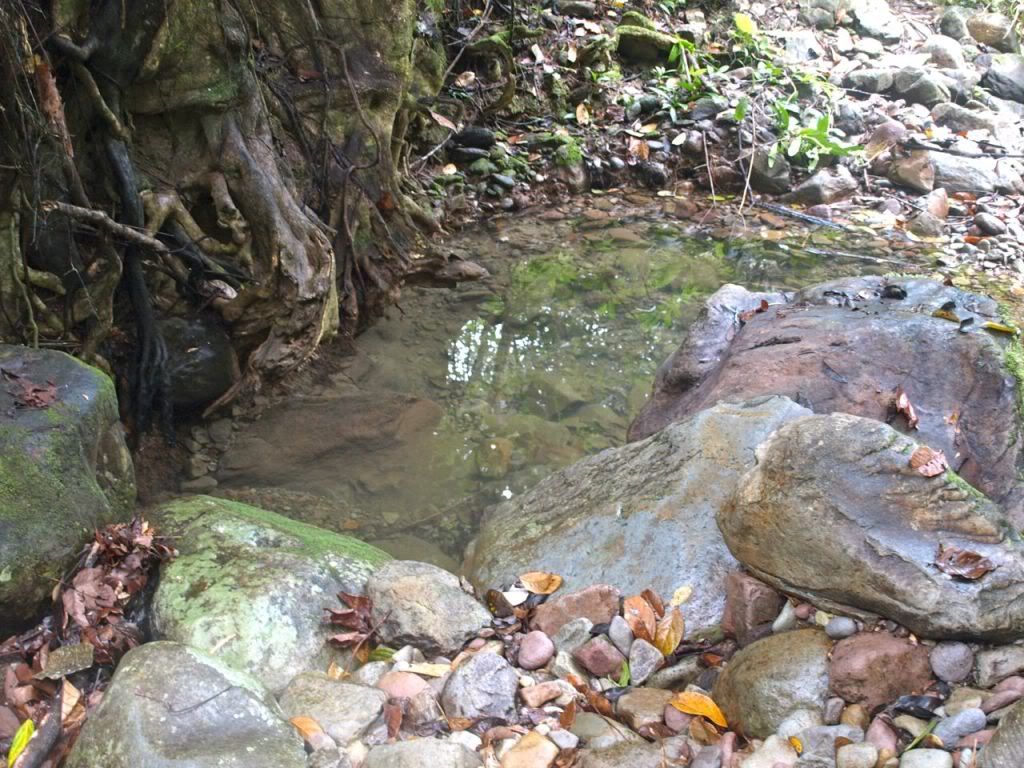
and a muddier stream that flowed into the rocky stream

I could see several species of cyprinids and a Clarias catfish in the pools but they were impossible to catch with a handnet. Our guides clearly found my lack of success very amusing but eventually showed me how it is done: Fish at night with a head torch and you can just scoop the fish out (well, they could).
@Silurus
Is this by any chance? Quite a long way from Sabah...
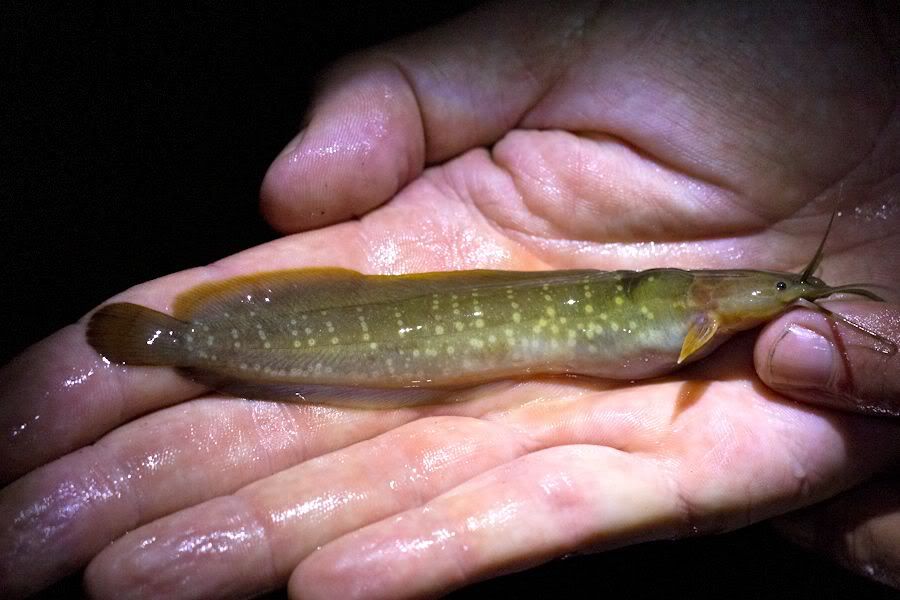
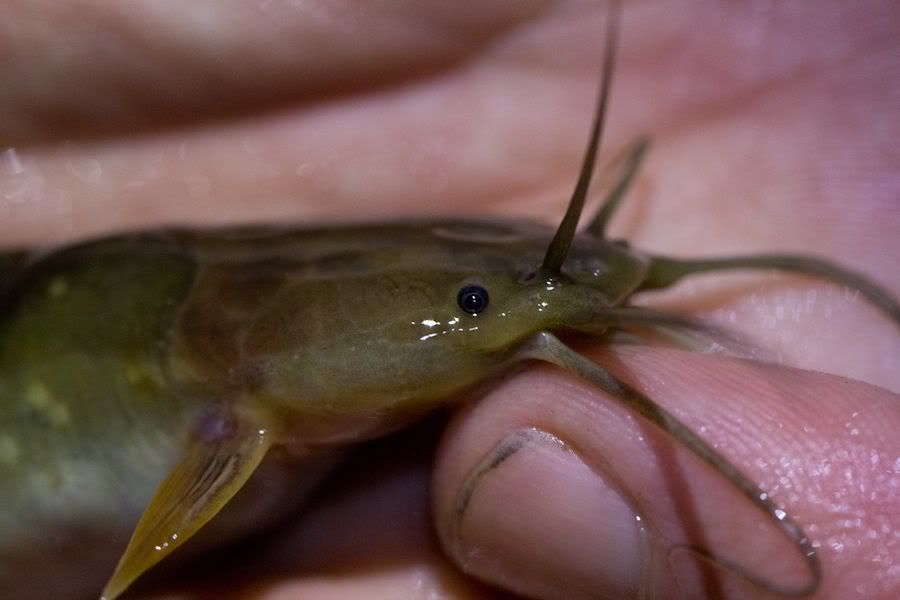
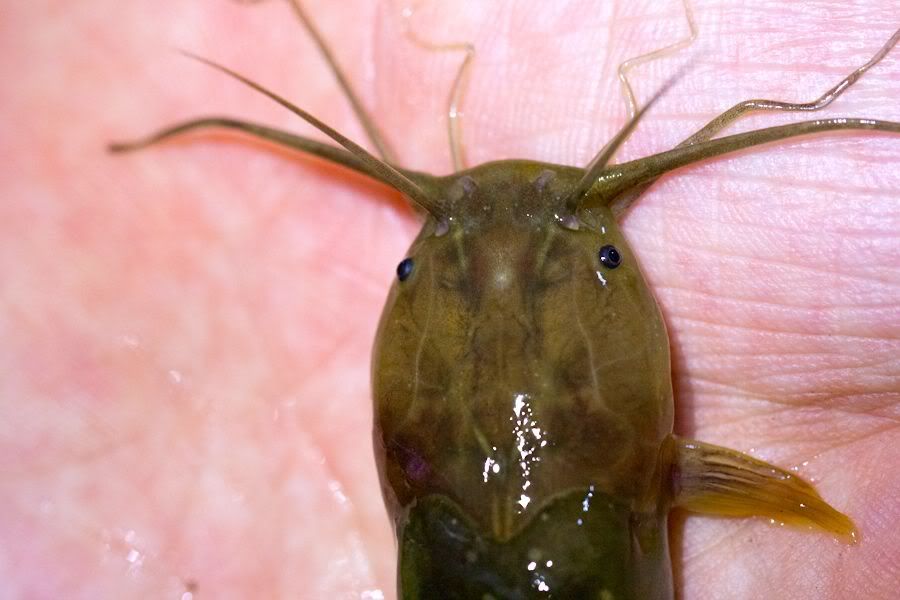
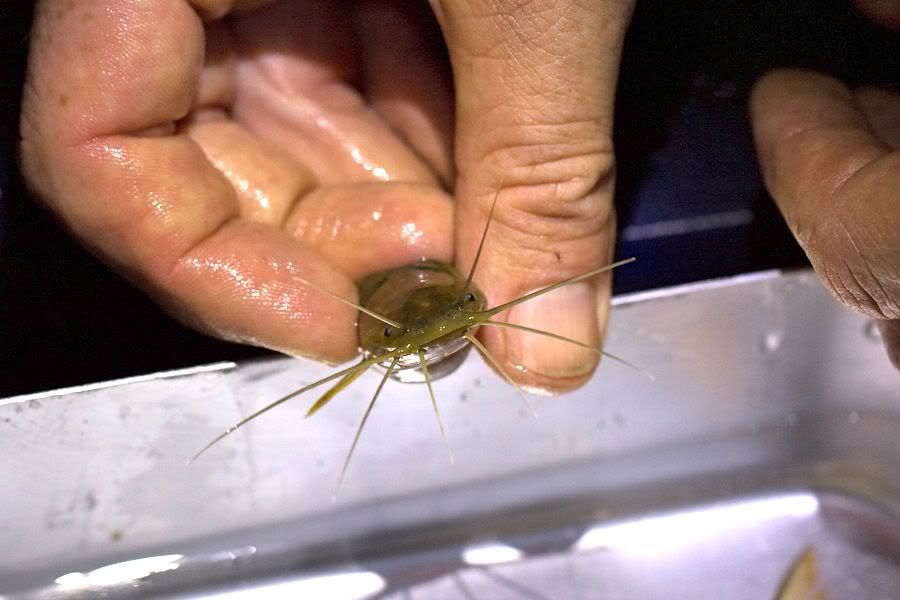
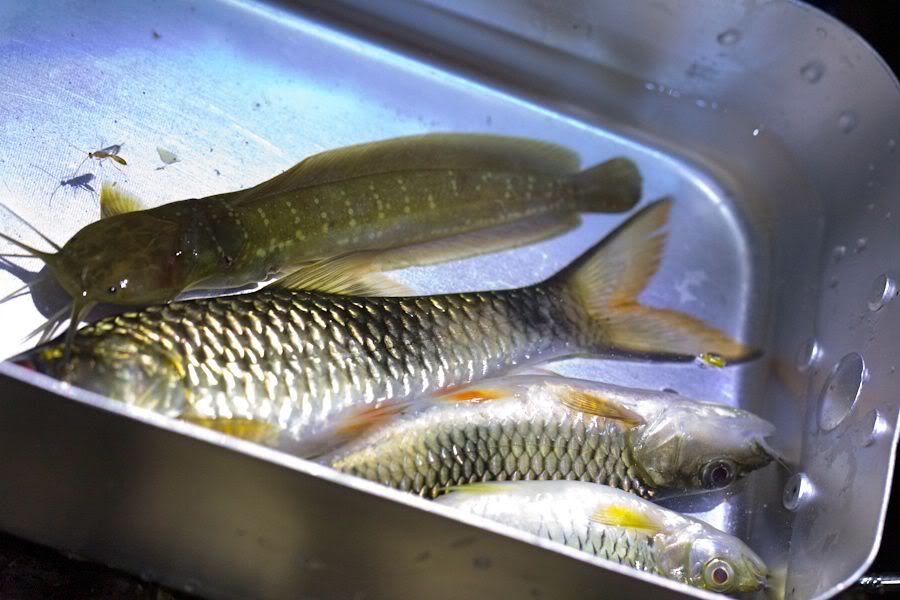
@racoll (thinking you know your cyprinids, is that right?)
Every pool had one or two of these piscivorous cyprinids (see also picture above), which I think are a Hampala species, but don't seem to match any described ones. The two black bands are really obvious when viewed from above in the natural environment
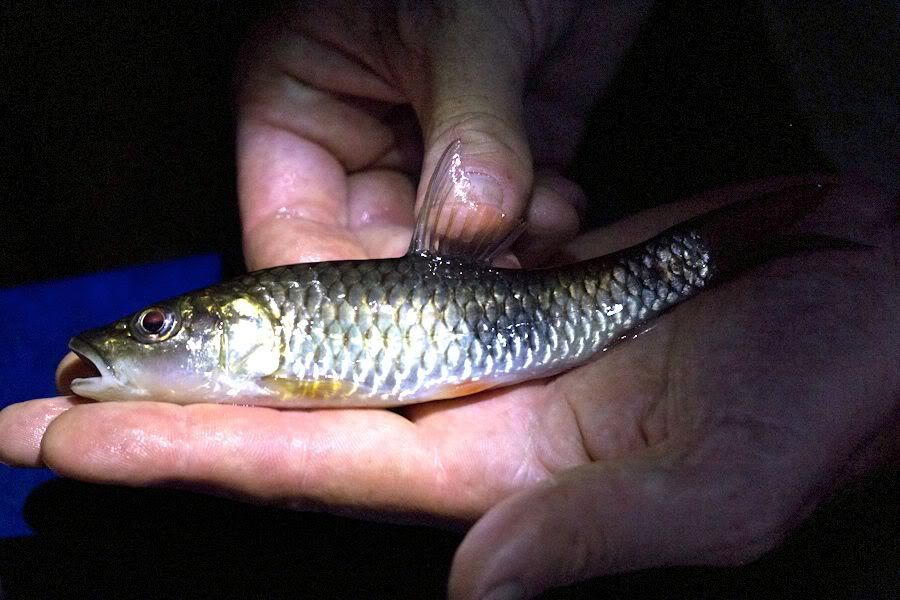
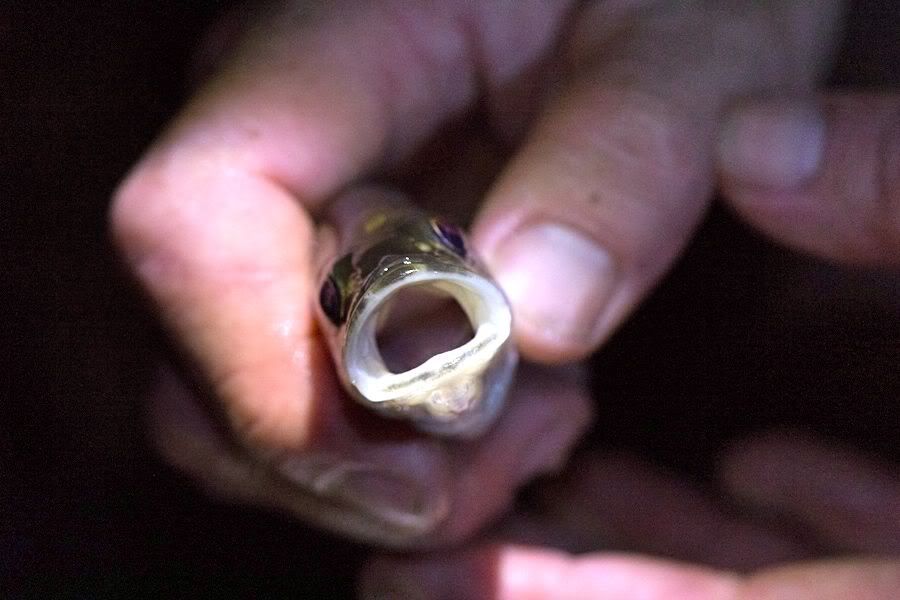
Also in every pool, and especially in the muddy stream, there were what I think might be saddle barb, Systomus banksi, but I might well be wrong. Again the black marking by the dorsal fin is only obvious when viewed from above...
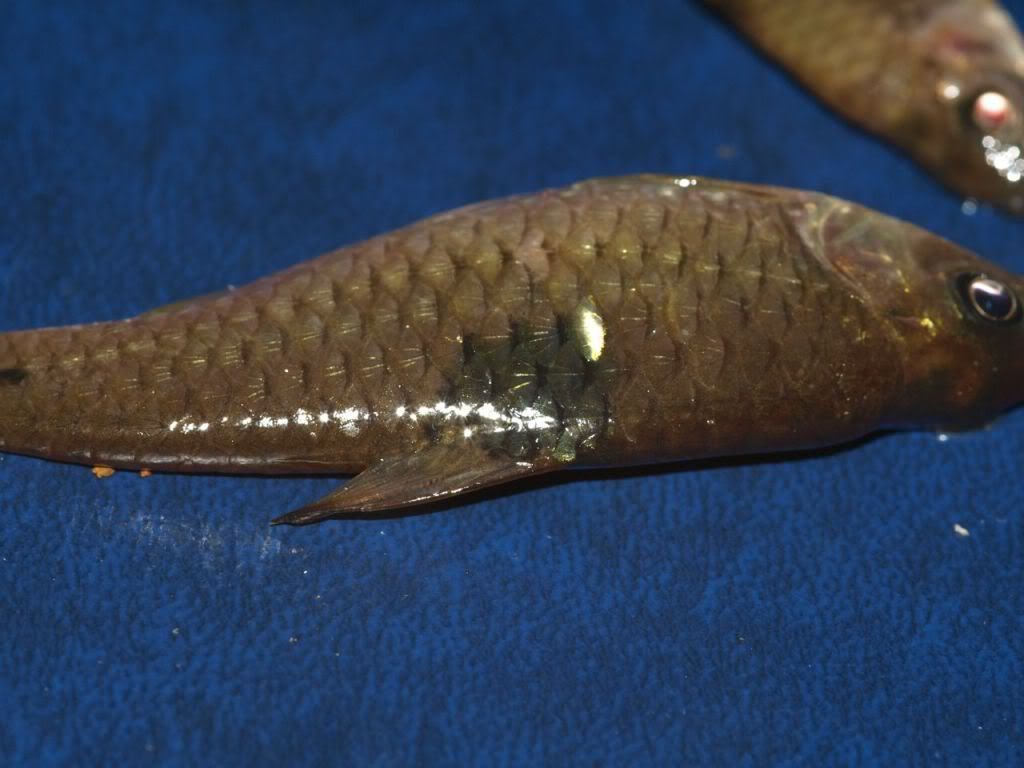

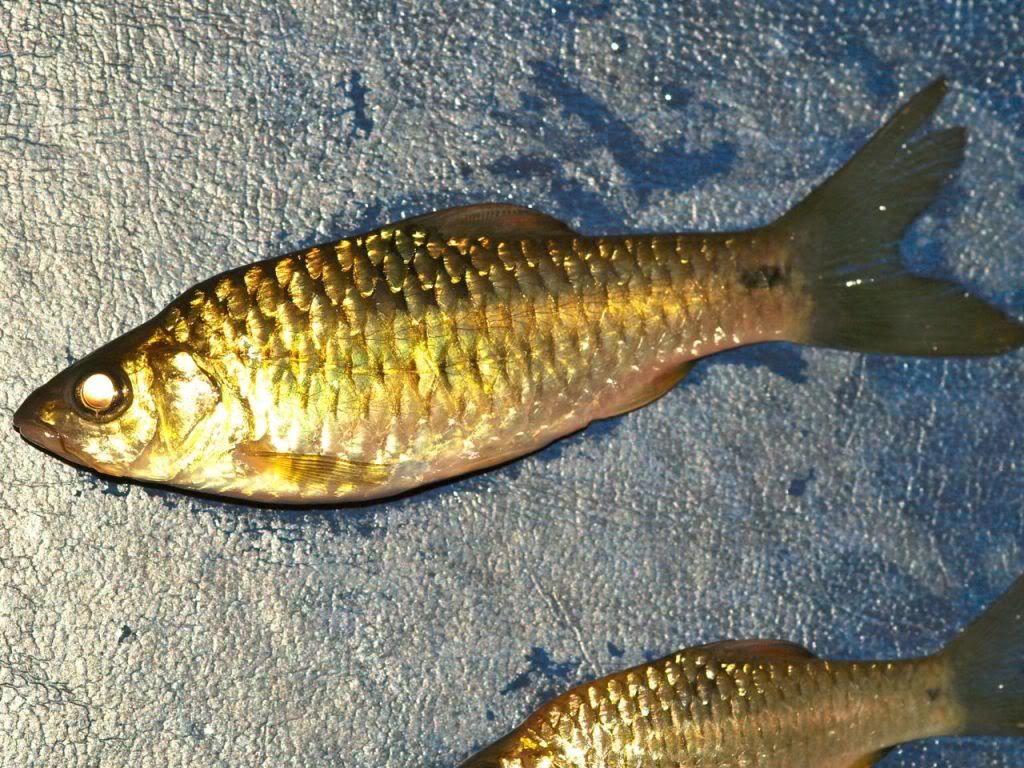
Then there were also 2 (I think) species of what I call Rasbora but probably aren't. I got one specimen of this one, which has a black marking on the caudal peduncle and a black line at the base of the anal fin
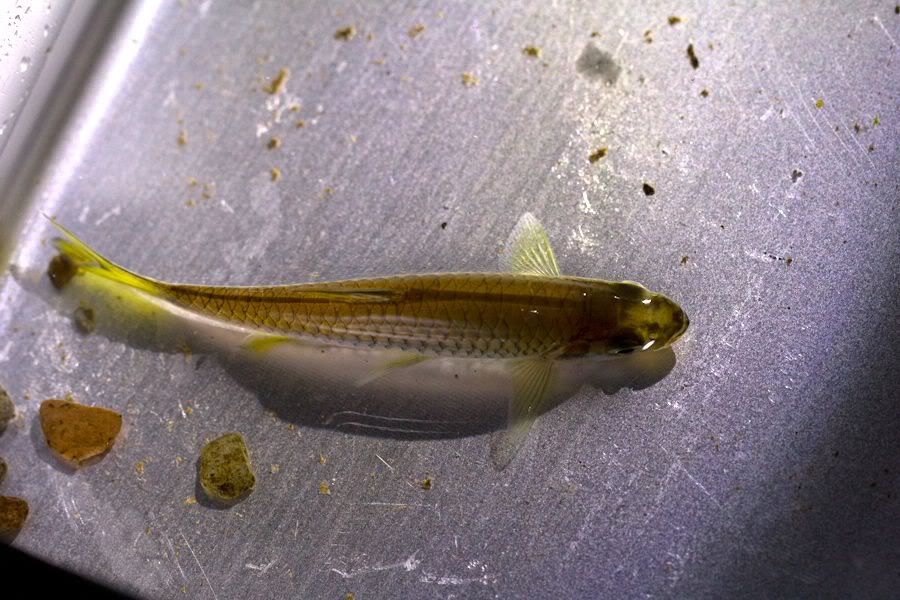
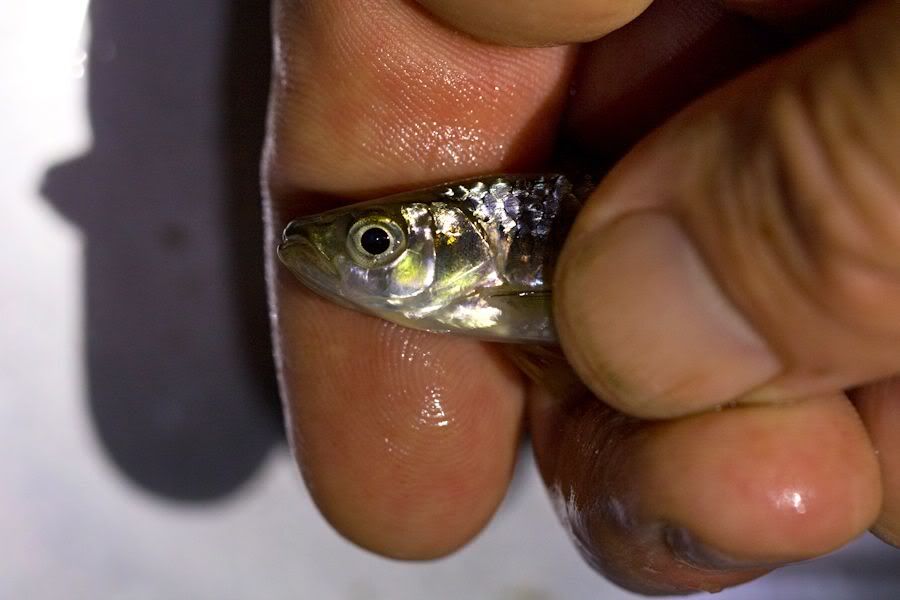
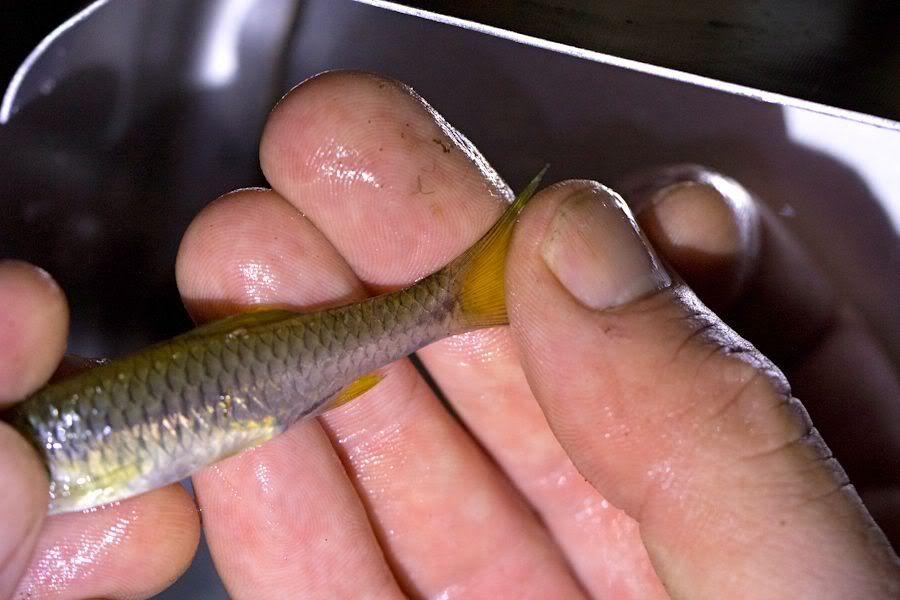
and dozens of this one, which lacks the black markings. This is a gravid female. when handled most expelled either eggs or milt.
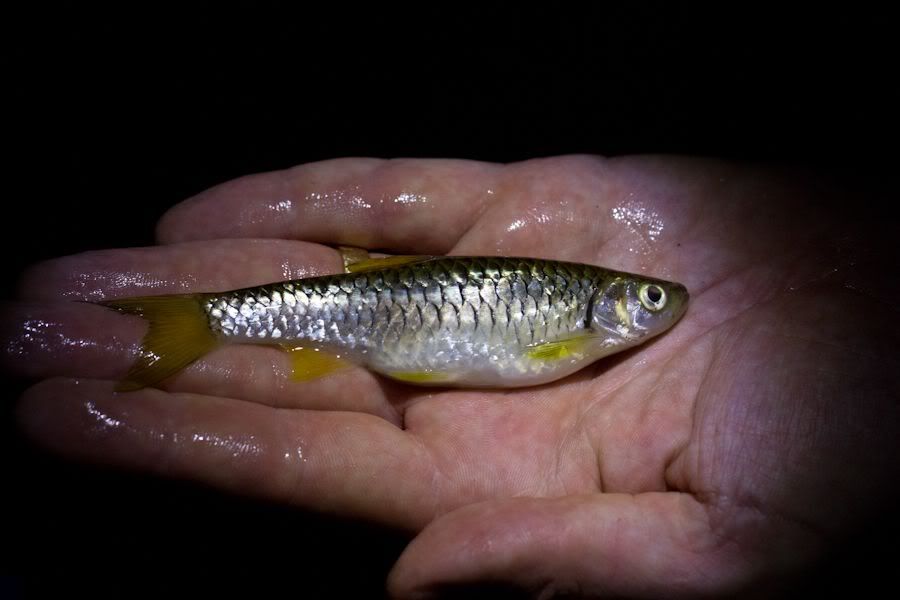
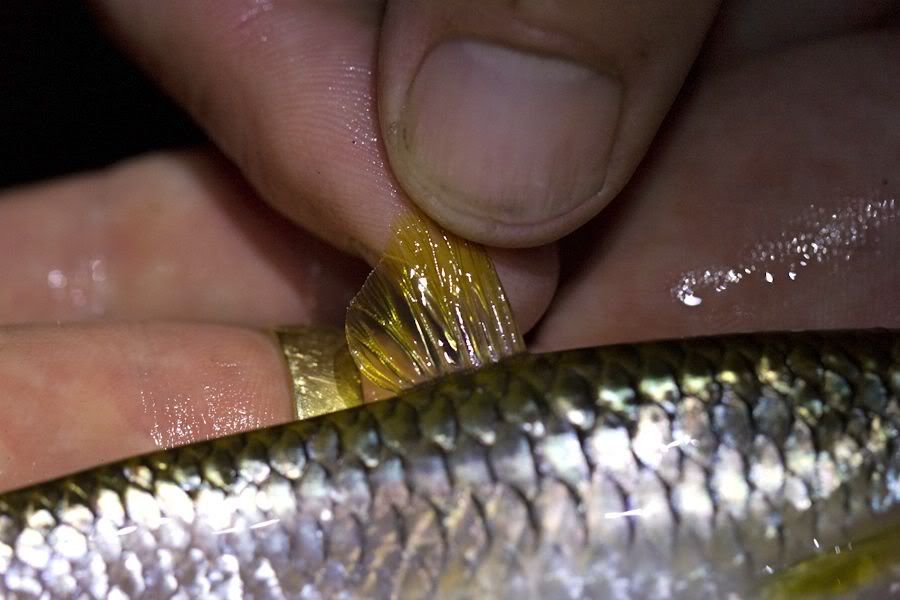
In the riffles I also found this little loach. Any ideas?

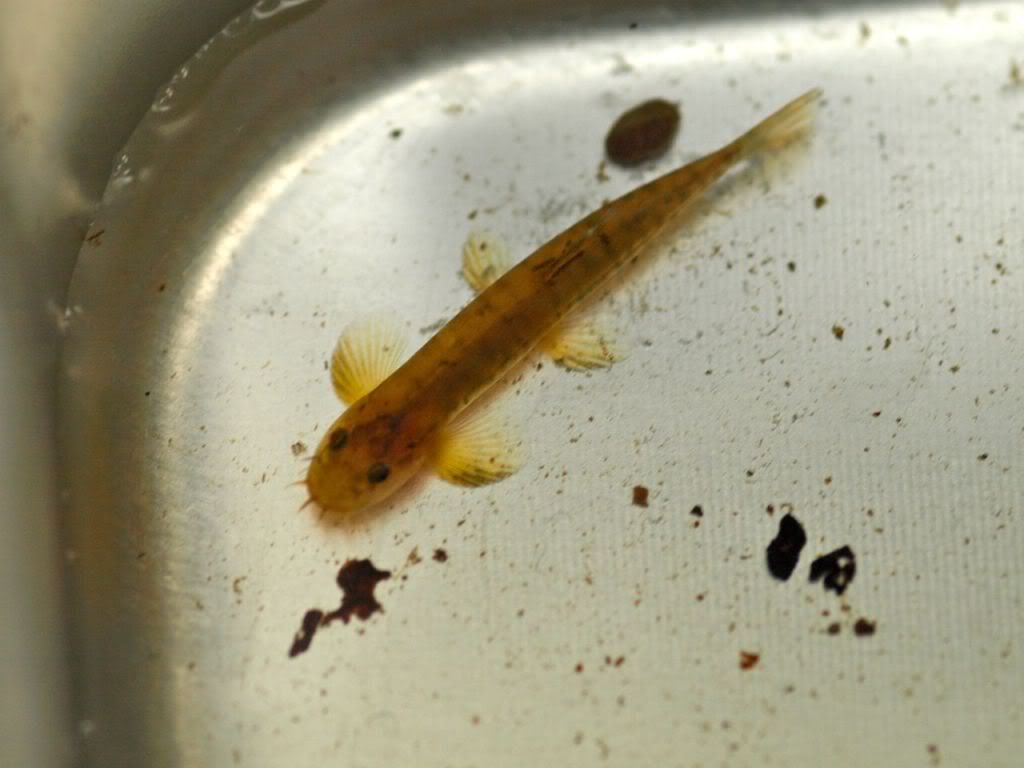
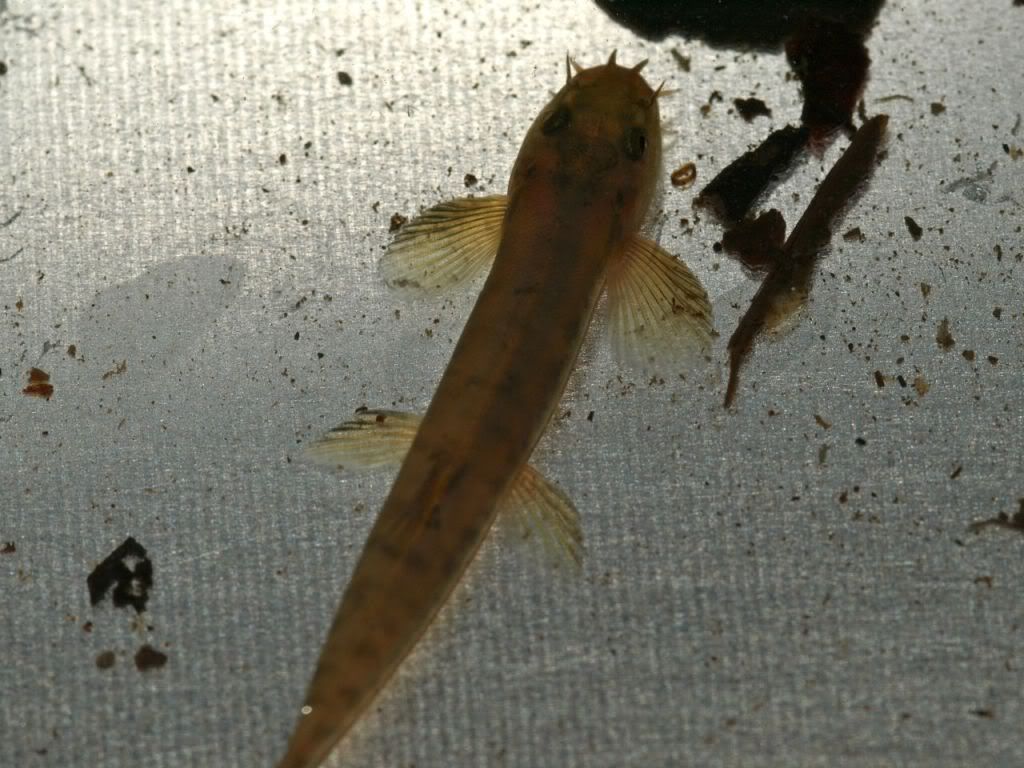
Finally, there were also at least 2 species of crab

Some fish were returned, but most became dinner, including the Clarias I'm afraid...
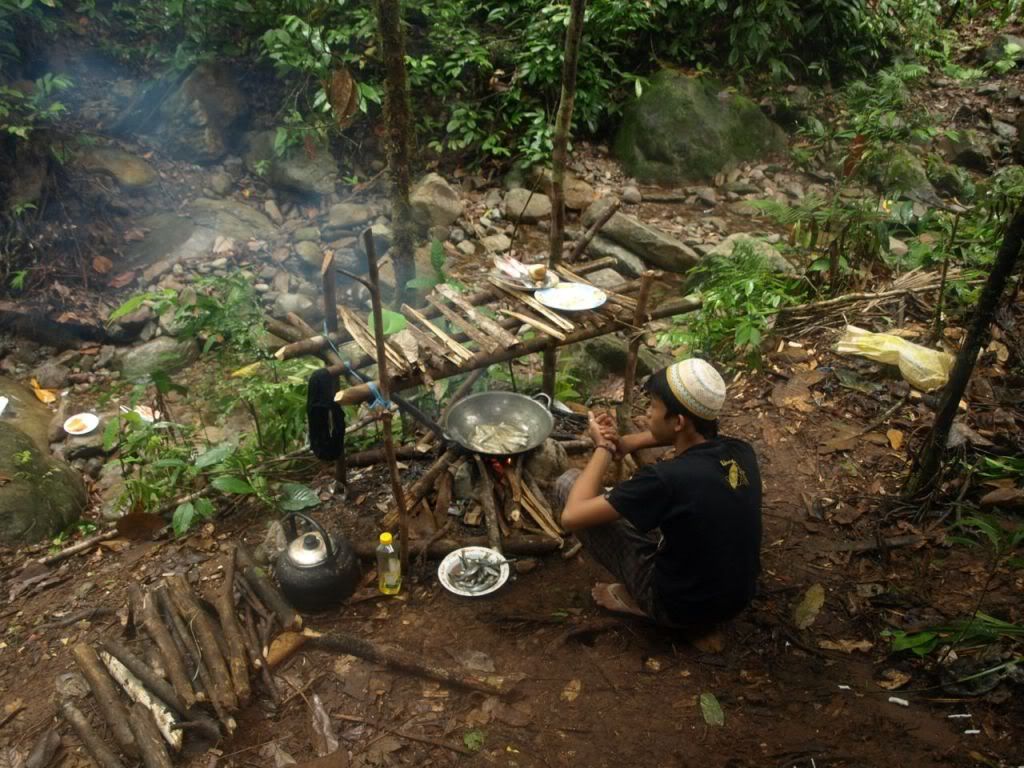
Thanks for looking and any help with identifications much appreciated!
This is the Barito river at Puruk Cahu. I believe that the stream I fished eventually feeds into this river, but there are no maps.

Pangasius in the market in Puruk Cahu. Anyone know the species?

That mountain (Gunung Bondang) in the distance is where we were heading. It was about a 3 hour hike through the forest from the end of the road to where we made camp at the foot of the mountain. We made it to the summit too, but that is a different story.

Near a village we came past this pool. I saw fish in there which looked like cichlids to me. One of our local guides confirmed that they were 'nila', aka Tilapia but he said there were also 'lele' in there, which means Clarias catfish.

Our camp in the forest, altitude about 500m.

Our camp was right by this rocky stream, locally known as Pongoniso (there is quite a lot of water flowing between those rocks, honest)

A pool in the stream

and a muddier stream that flowed into the rocky stream

I could see several species of cyprinids and a Clarias catfish in the pools but they were impossible to catch with a handnet. Our guides clearly found my lack of success very amusing but eventually showed me how it is done: Fish at night with a head torch and you can just scoop the fish out (well, they could).
@Silurus
Is this by any chance? Quite a long way from Sabah...





@racoll (thinking you know your cyprinids, is that right?)
Every pool had one or two of these piscivorous cyprinids (see also picture above), which I think are a Hampala species, but don't seem to match any described ones. The two black bands are really obvious when viewed from above in the natural environment


Also in every pool, and especially in the muddy stream, there were what I think might be saddle barb, Systomus banksi, but I might well be wrong. Again the black marking by the dorsal fin is only obvious when viewed from above...



Then there were also 2 (I think) species of what I call Rasbora but probably aren't. I got one specimen of this one, which has a black marking on the caudal peduncle and a black line at the base of the anal fin



and dozens of this one, which lacks the black markings. This is a gravid female. when handled most expelled either eggs or milt.


In the riffles I also found this little loach. Any ideas?



Finally, there were also at least 2 species of crab

Some fish were returned, but most became dinner, including the Clarias I'm afraid...

Thanks for looking and any help with identifications much appreciated!



